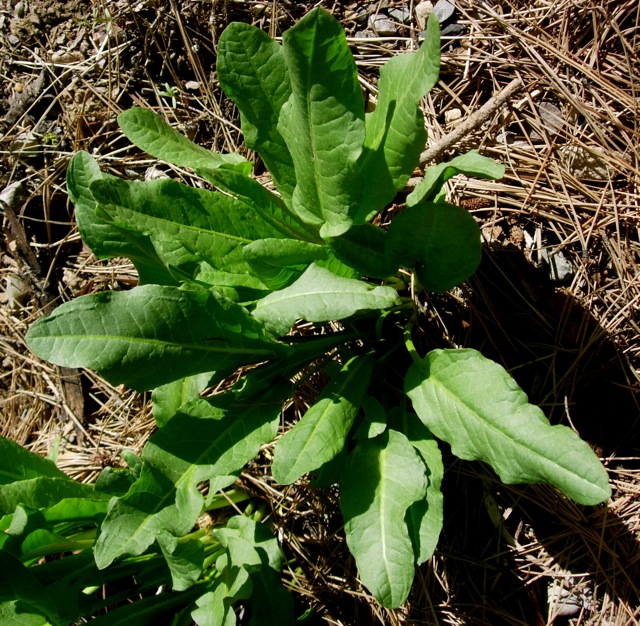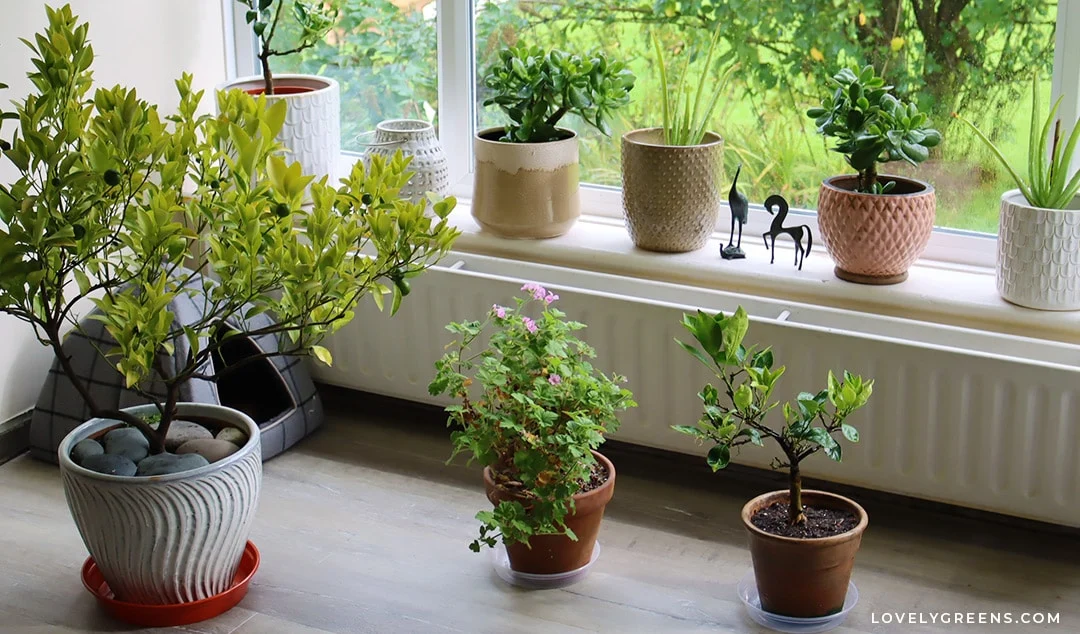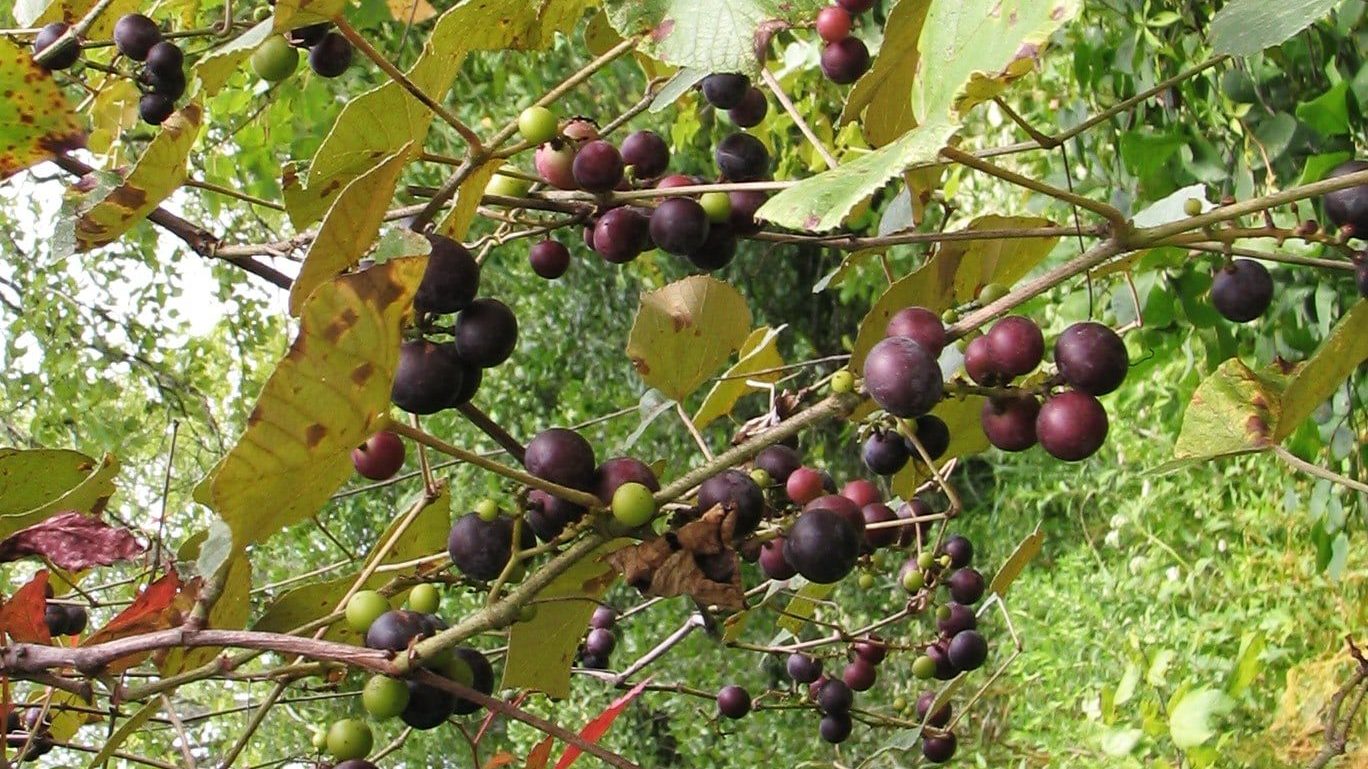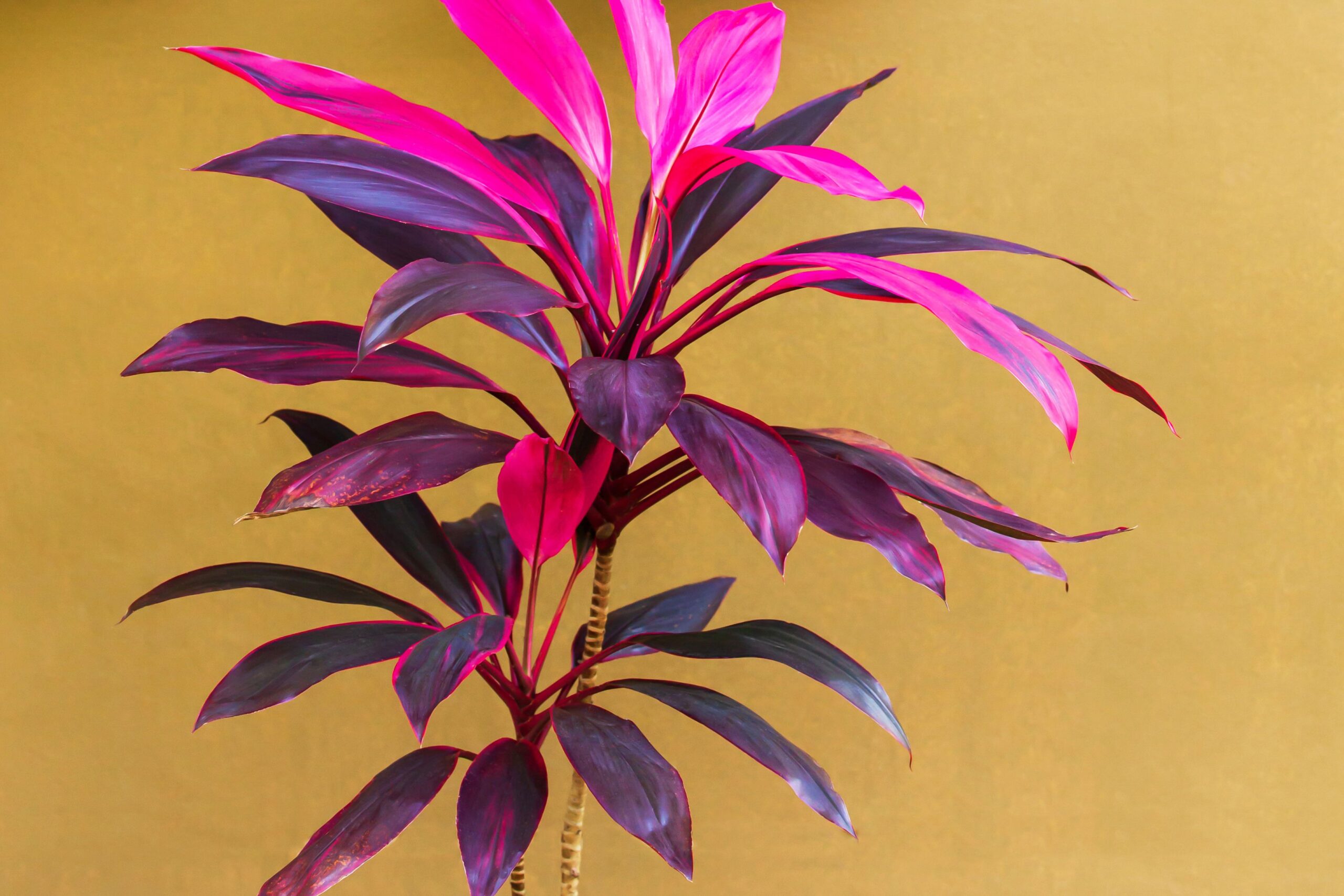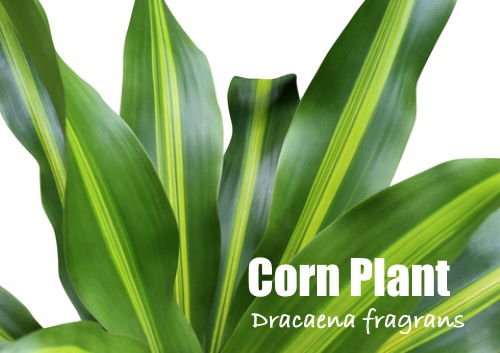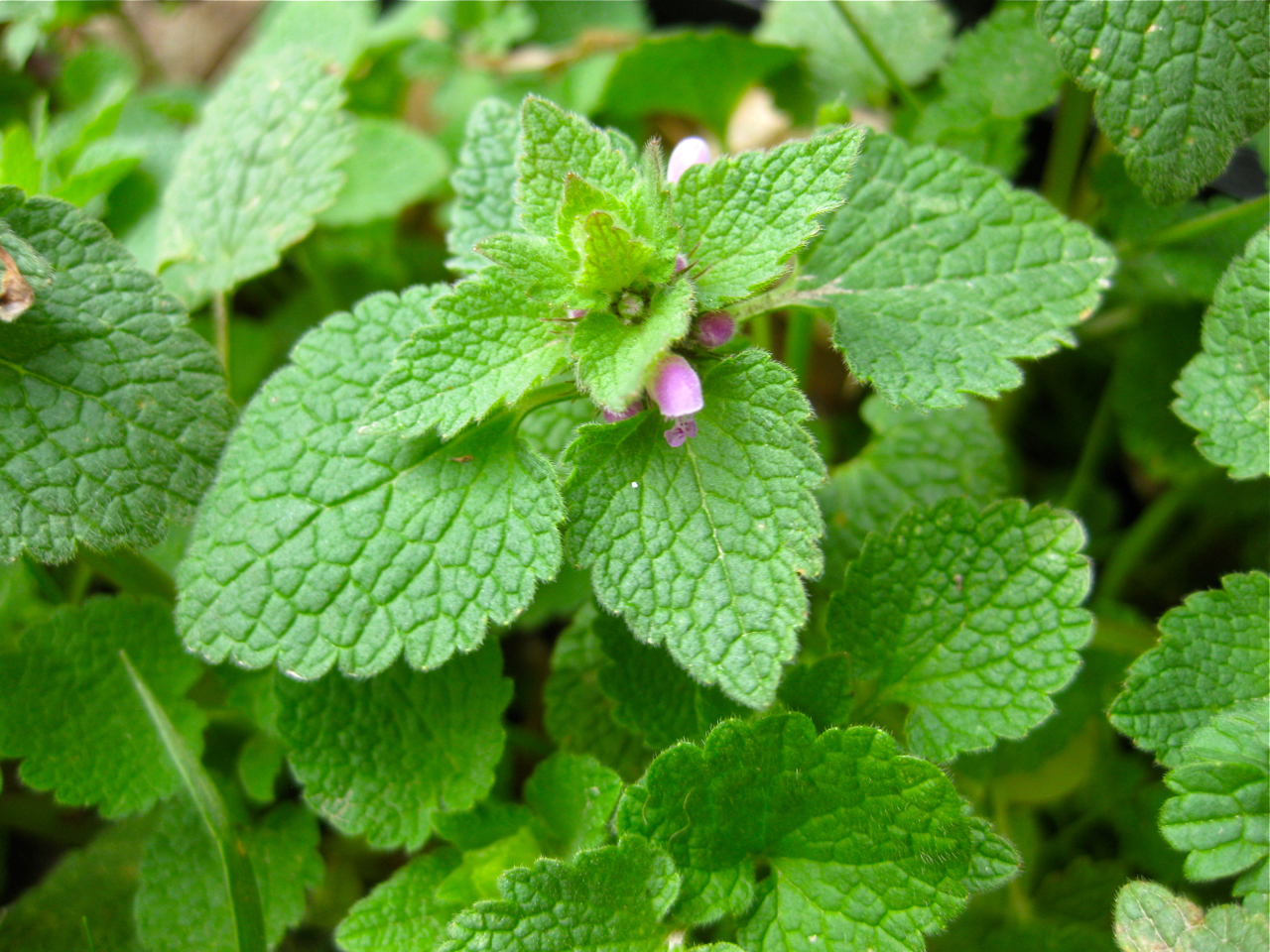Corn plants, also known as Dracaena fragrans, are a great choice for indoor houseplants due to their tall and narrow growth habit, which resembles palm trees. They typically reach a height of four to six feet when grown in containers.
These plants prefer bright, indirect light, moderate temperatures, and a humid atmosphere. They can tolerate some neglect, including low light levels and infrequent watering, but excessive water and sunlight can damage them. Corn plants also love a bit of humidity, so misting their leaves every few days is recommended.
We will discuss the ideal conditions and care tips for growing corn plants indoors.
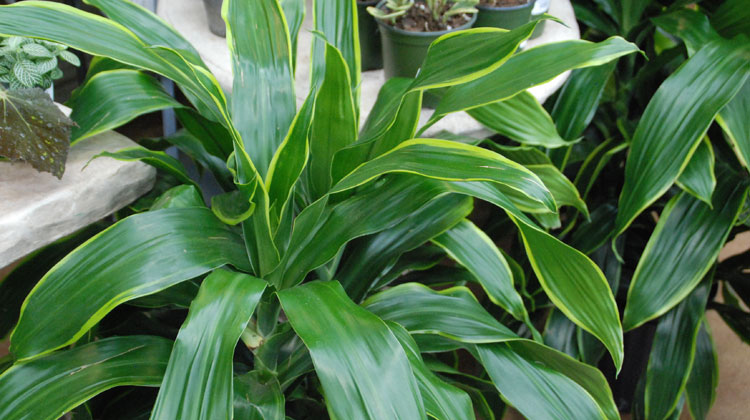
Credit: www.melindamyers.com
Choosing The Right Corn Plant
Choosing the right corn plant for indoor growth is crucial for ensuring a healthy and thriving plant. Selecting the ideal variety and considering specific factors for indoor growth are essential steps in making the right choice.
Selecting The Ideal Variety
When choosing a corn plant for indoor cultivation, it’s important to select a variety that is well-suited to the indoor environment. Look for varieties that are known for their adaptability to indoor conditions, such as Dracaena fragrans or Dracaena massangeana. These varieties are popular choices for indoor cultivation due to their tolerance for low light and their ability to thrive in containers.
Considerations For Indoor Growth
Several factors need to be considered when growing corn plants indoors. These include providing the right amount of light, maintaining suitable temperatures, and ensuring proper humidity levels. Corn plants generally thrive in indirect light and can tolerate low light levels, making them ideal for indoor spaces with limited natural light. Additionally, maintaining a moderate temperature and a humid atmosphere can contribute to the plant’s overall health and vitality.
When it comes to watering, it’s essential to strike a balance. Corn plants prefer evenly moist soil during the growing season, but overwatering can be detrimental to their health. It’s important to allow the soil to dry out slightly between waterings to prevent waterlogged conditions that can lead to root rot.
In addition to watering, occasional fertilization is necessary to support the plant’s growth. A balanced, water-soluble fertilizer can be applied during the growing season to provide essential nutrients for healthy development.
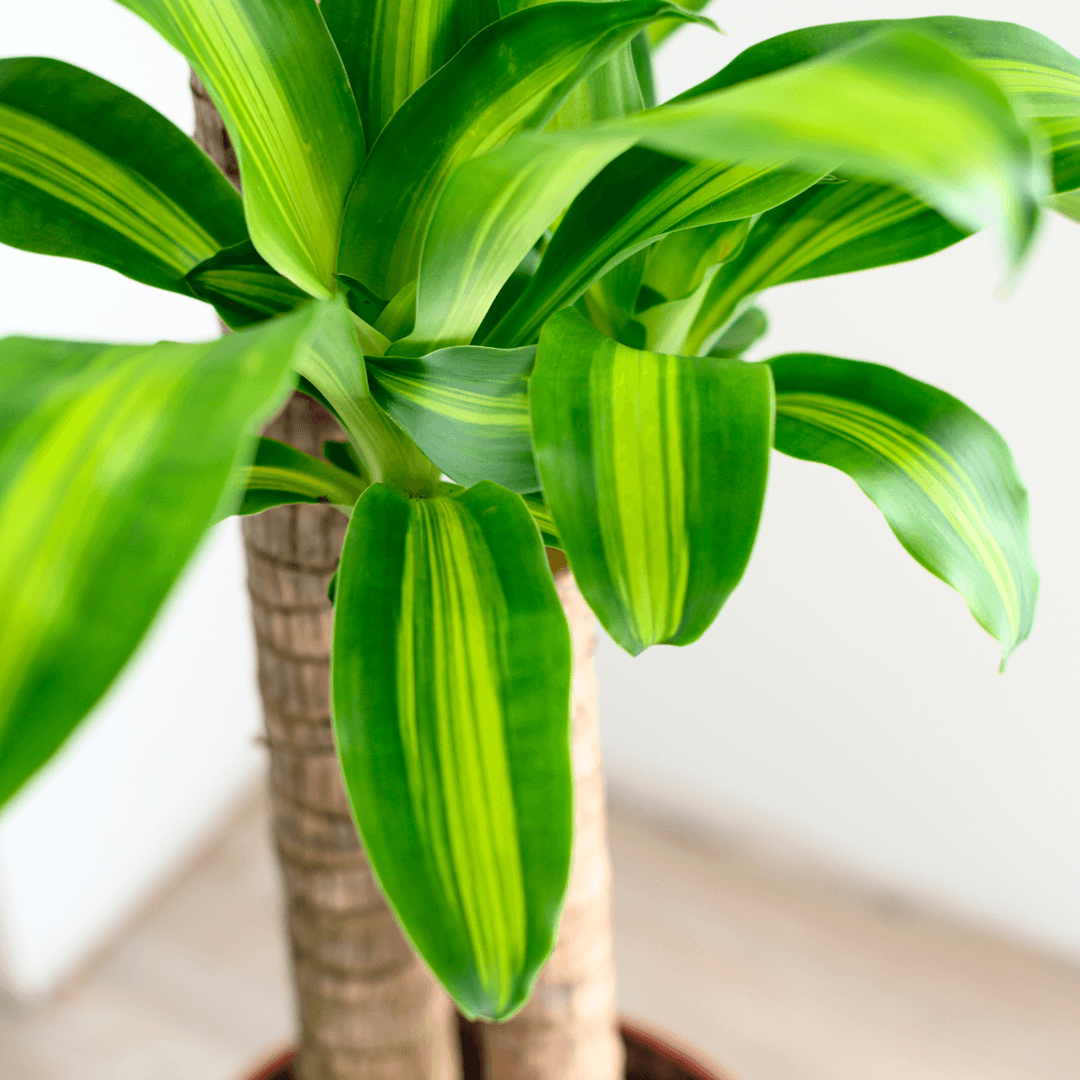
Credit: thebotanicalbarindy.com
Optimal Growing Conditions
Corn plants, also known as Dracaena, are popular indoor plants known for their elegant appearance and low maintenance. To ensure the healthy growth of your corn plant indoors, it’s essential to provide the optimal growing conditions, including the right light, temperature, humidity, and watering routine.
Light Requirements
Corn plants thrive in indirect light, making them perfect for spaces with filtered sunlight. They can tolerate low light levels, but it’s best to place them near a window to ensure they receive adequate light for optimal growth.
Temperature And Humidity Needs
Maintaining moderate temperatures and a humid atmosphere is crucial for the well-being of corn plants. They prefer temperatures ranging from 65°F to 80°F, and they thrive in a slightly humid environment. Placing a humidifier nearby or occasionally misting their leaves can help create the ideal conditions for their growth.
Watering Frequency
When it comes to watering, it’s important to keep the soil evenly moist during the growing season. However, overwatering can be detrimental to the plant’s health, so it’s best to allow the soil to partially dry out between waterings. Corn plants also benefit from regular misting to enhance humidity levels, especially in drier indoor environments.
Corn Plant Care Guide
Are you looking to add a touch of lush greenery to your indoor space? The Corn Plant, also known as Dracaena fragrans, is an excellent choice for a low-maintenance and visually striking addition to your home. To ensure your Corn Plant thrives, it’s important to understand the essential care requirements for this elegant plant.
Fertilizing Tips
Fertilizing your Corn Plant is essential for promoting healthy growth. Use a balanced liquid fertilizer diluted to half-strength, and apply it during the plant’s growing season from spring to early fall. Fertilize once a month to provide the necessary nutrients for vibrant foliage.
Dusting And Cleaning
Regular dusting and cleaning are crucial to keep your Corn Plant’s leaves free from dust, which can hinder its ability to absorb light. Gently wipe the leaves with a soft, damp cloth to remove any accumulated dust and maintain the plant’s overall health.
Repotting Instructions
Repotting your Corn Plant every two years promotes healthy root growth and ensures the plant has sufficient space to thrive. Choose a pot that is one size larger than the current one, and use well-draining soil to prevent waterlogging. After repotting, water the plant thoroughly and place it in a location with filtered sunlight to aid recovery.
Common Issues And Solutions
When caring for your corn plant indoors, you may encounter some common issues that can affect its health and appearance. Here are some practical solutions to address these issues and keep your corn plant thriving.
Dealing With Browning Tips
Browning tips on the leaves of your corn plant can be a cause for concern, but it’s a problem that can be effectively managed. This issue is often a result of low humidity levels, over-fertilization, or fluoride in the water.
To address browning tips:
- Regularly mist the leaves of the plant to increase humidity.
- Use distilled or fluoride-free water for watering to prevent fluoride toxicity.
- Avoid over-fertilizing the plant and follow a balanced fertilization schedule.
Preventing Overwatering
Overwatering is a common problem that can lead to root rot and other issues in corn plants. It’s important to strike a balance and ensure that the plant receives adequate moisture without being waterlogged.
To prevent overwatering:
- Check the moisture level of the soil regularly and water only when the top inch of soil feels dry.
- Ensure proper drainage in the plant’s pot to avoid water accumulation.
- Consider using a moisture meter to accurately gauge the plant’s watering needs.
Addressing Pests
Corn plants can be susceptible to pests such as spider mites, mealybugs, and scale insects. Identifying and addressing pest infestations promptly is essential to maintain the plant’s health.
To address pest issues:
- Inspect the plant regularly for signs of pests such as webs, cottony clusters, or unusual spots on the leaves.
- If pests are detected, gently wipe the leaves with a damp cloth to remove them.
- Consider using natural pest control methods such as neem oil or insecticidal soap to combat infestations.
Enhancing Growth And Appearance
Enhance your indoor space with the elegant Corn Plant, resembling a palm tree with its tall, narrow structure. Ideal for low-maintenance care, it thrives in indirect light and adds a touch of green to any room. Enjoy a vibrant and stylish home with the Corn Plant’s growth and appearance.
Pruning For Shape
Pruning your corn plant can help maintain its desired shape and appearance. Trim back any leggy or overgrown stems to encourage new growth.
Promoting New Growth
Encourage new growth by providing adequate sunlight, water, and nutrients. Regularly fertilize your corn plant to support healthy development.

Credit: www.reddit.com
Creative Display Ideas
When it comes to interior decor, corn plants can be a versatile and visually appealing addition to any space. Whether you want to incorporate them into your living room, bedroom, or office, there are numerous creative display ideas that can enhance the aesthetic appeal of your indoor environment.
Incorporating Corn Plants In Interior Decor
One of the most effective ways to incorporate corn plants into interior decor is by using them as focal points in a room. Placing a tall and elegant corn plant in a well-lit corner can instantly add a touch of natural elegance to the space. Additionally, you can create a visually striking display by grouping several corn plants of varying heights together in a corner or near a window.
Container And Potting Suggestions
Choosing the right containers and pots for your corn plants is essential for creating a cohesive and visually appealing display. Opt for sleek and modern containers for a contemporary look, or go for rustic and textured pots to add a touch of natural charm to your decor. Consider using decorative plant stands or elevated pots to add dimension and visual interest to the display.
Frequently Asked Questions
Are Corn Plants Good For Indoors?
Corn plants are good for indoors due to their tall, narrow growth habit resembling palm trees. They thrive in moderate light and are low-maintenance, reaching four to six feet in height.
How Much Light Does A Corn Plant Need?
Corn plants require bright, indirect light to thrive. They can tolerate low light levels, but may become unattractive as a result. Excessive sunlight can damage the plant, so it’s best to place it near a window with filtered sunlight. Corn plants prefer moderate temperatures and a humid atmosphere, and can tolerate some neglect in terms of infrequent watering.
How Often Should I Water Corn Plants?
Corn plants should be watered thoroughly once a week during the growing season and every two to three weeks during the dormant season. It’s important to keep the soil evenly moist but not waterlogged. Overwatering can lead to root rot, while underwatering can cause the leaves to turn brown and crispy.
Corn plants also benefit from occasional misting to increase humidity.
Do Corn Plants Like To Be Misted?
Corn plants benefit from misting to increase humidity, especially in dry environments. Misting their leaves every few days can help maintain their health and prevent browning.
Can Corn Plants Thrive Indoors?
Yes, corn plants thrive indoors due to their tall, narrow structure resembling palm trees.
Conclusion
Corn Plants are ideal indoor houseplants due to their tall, narrow structure resembling palm trees. They thrive in indirect light, moderate temperatures, and a humid environment. With proper care, they can grow up to six feet tall, adding a touch of greenery to any indoor space.


